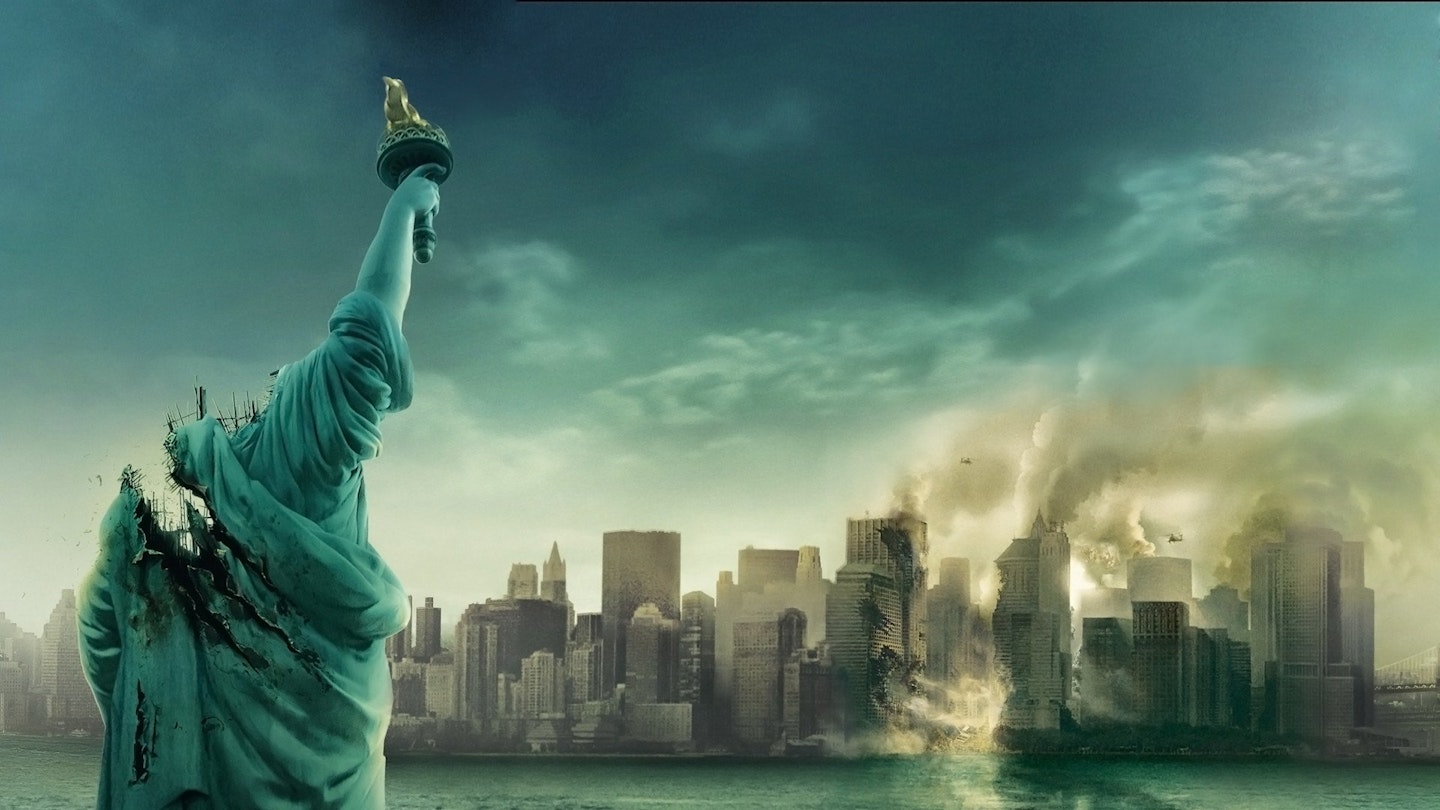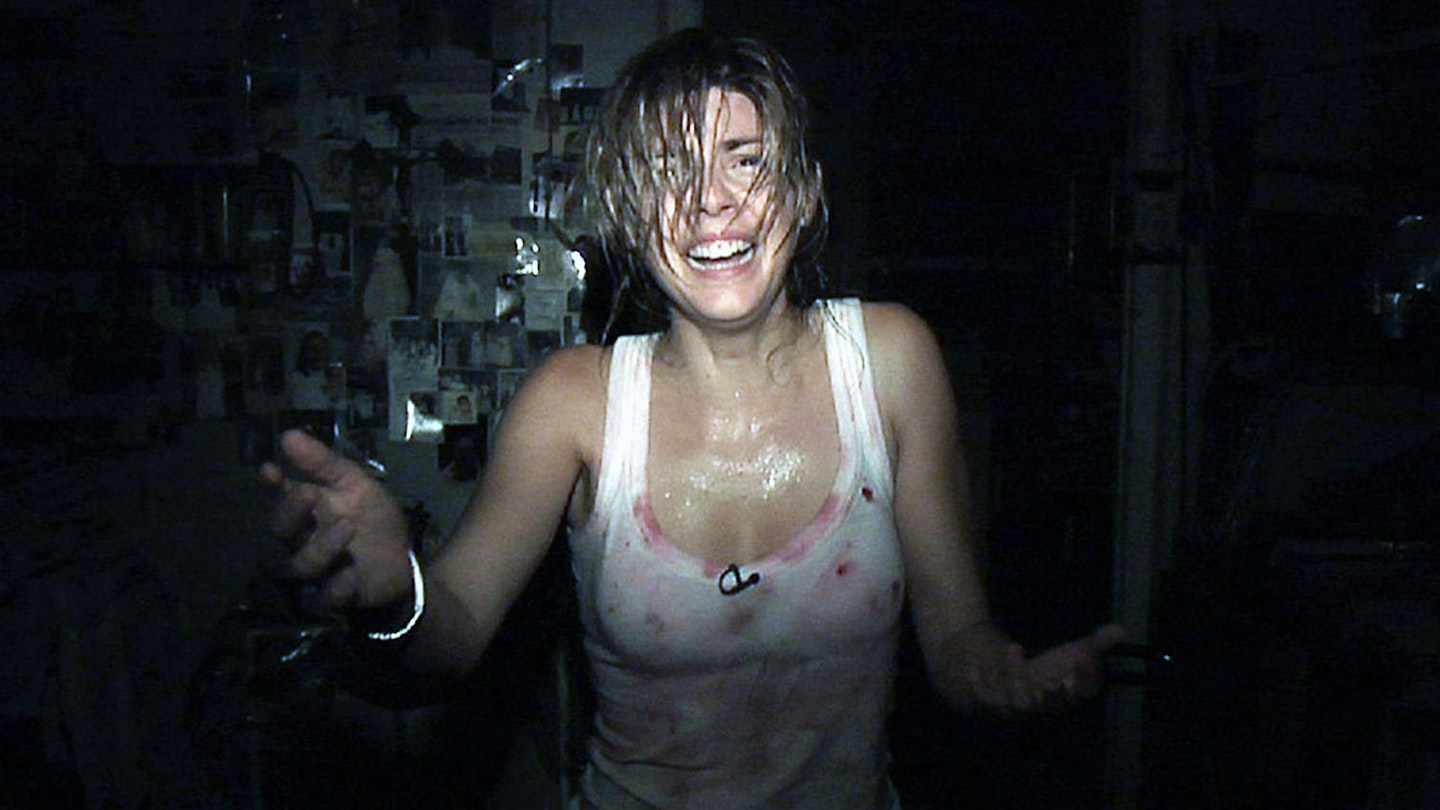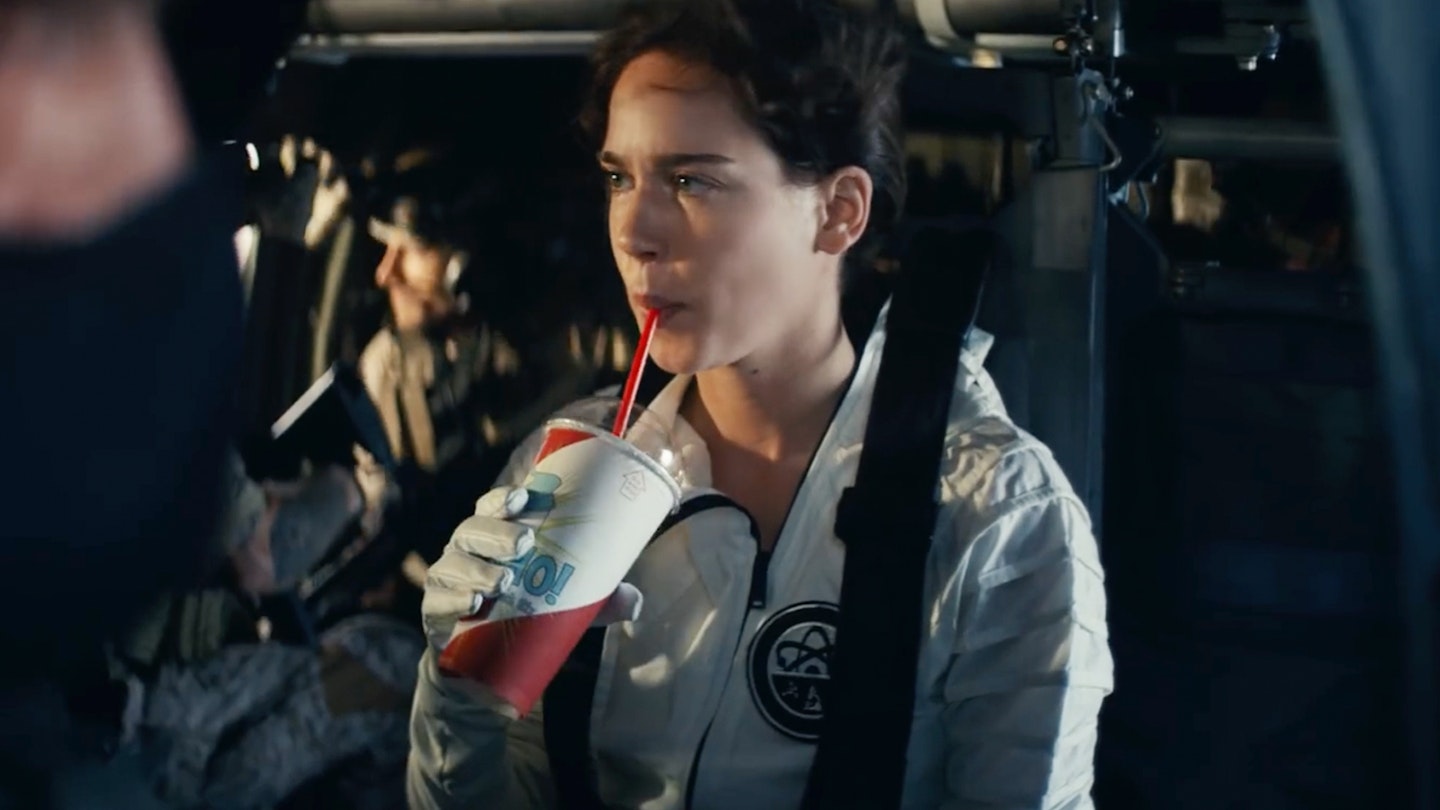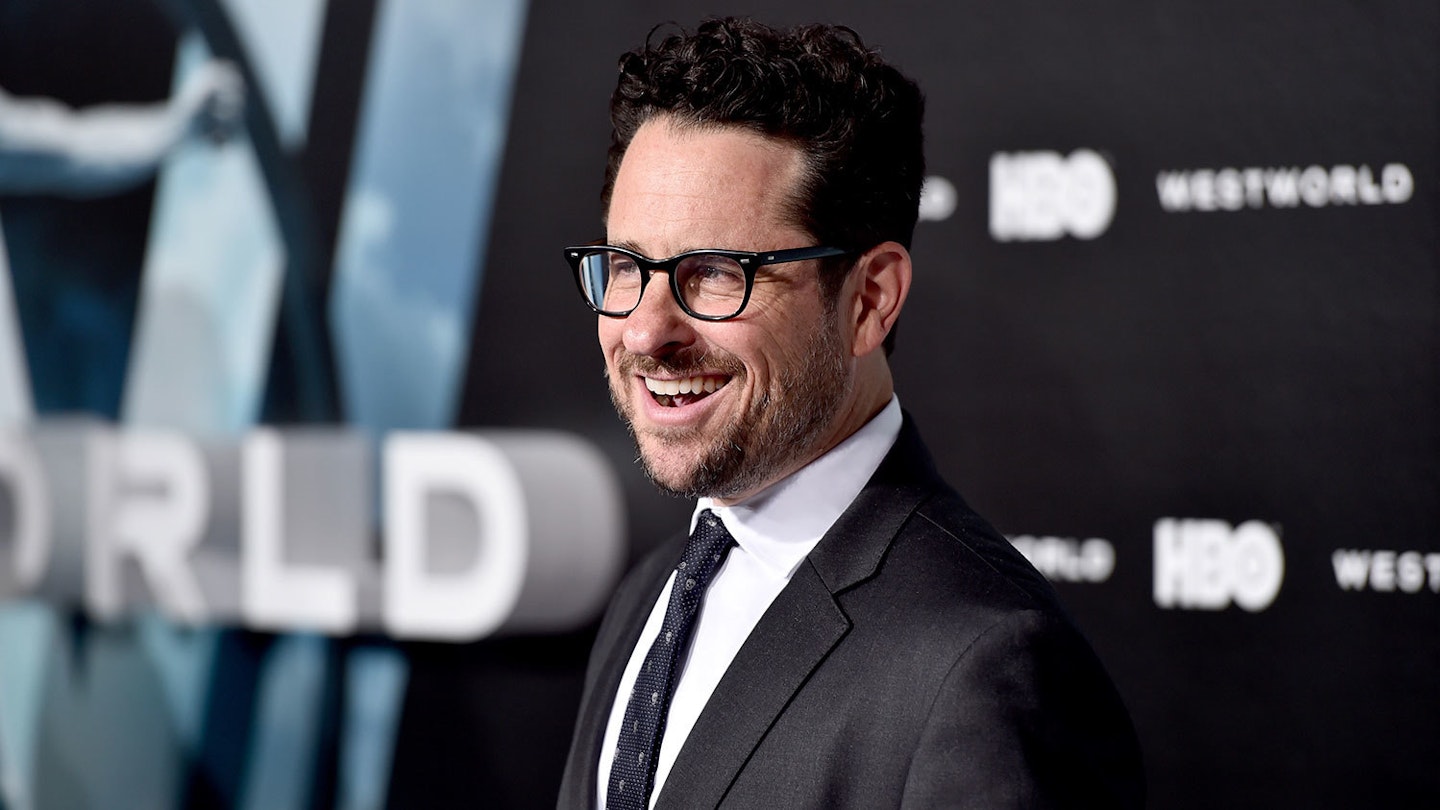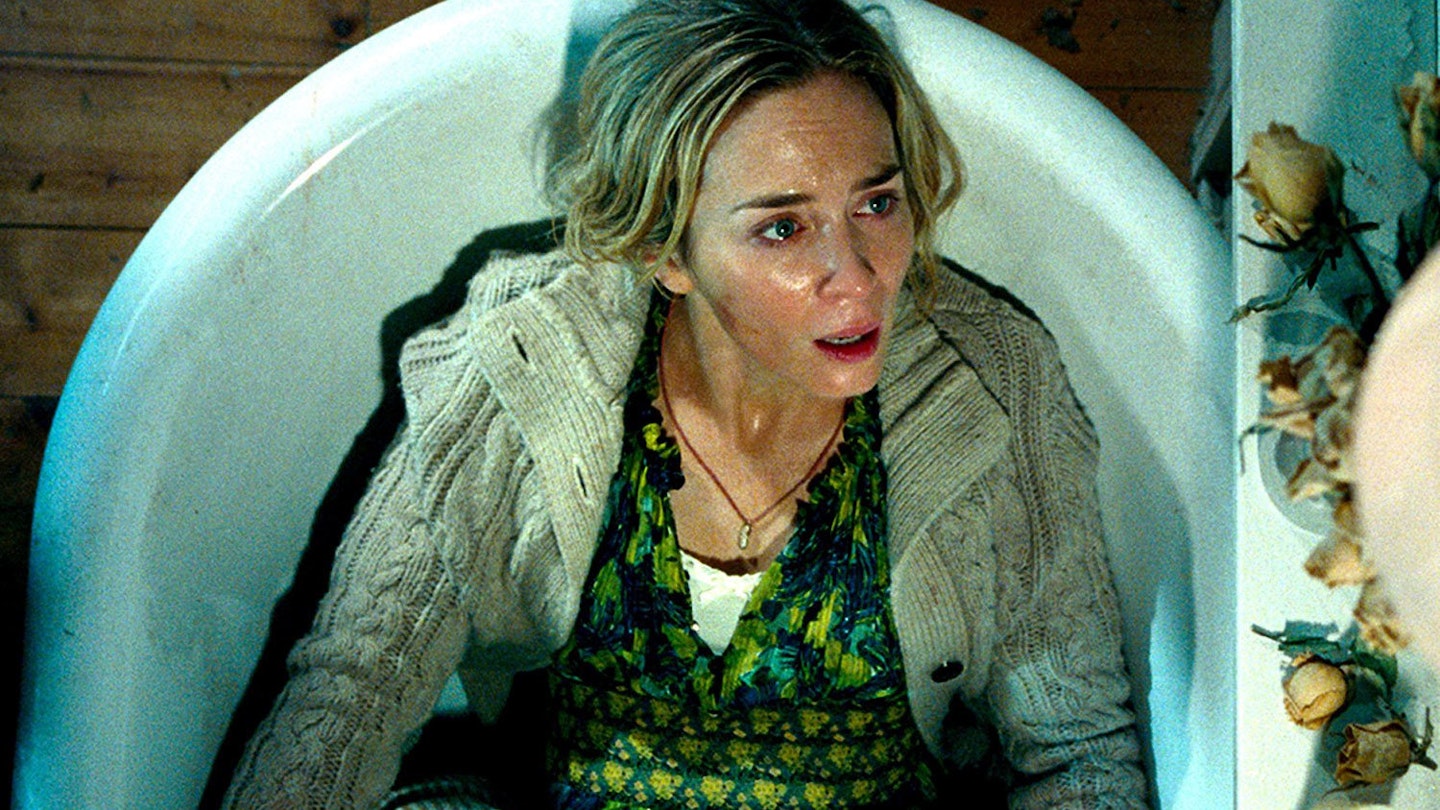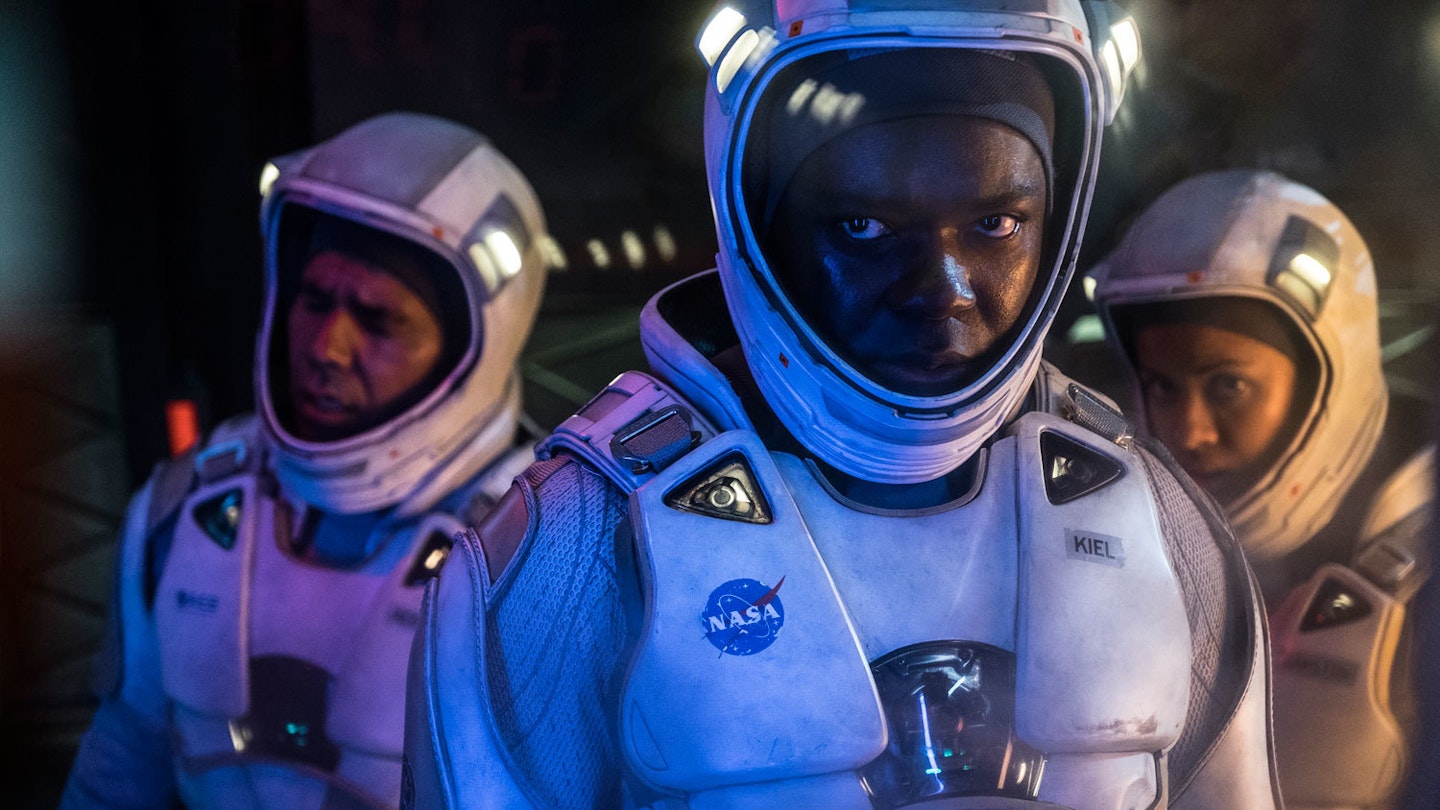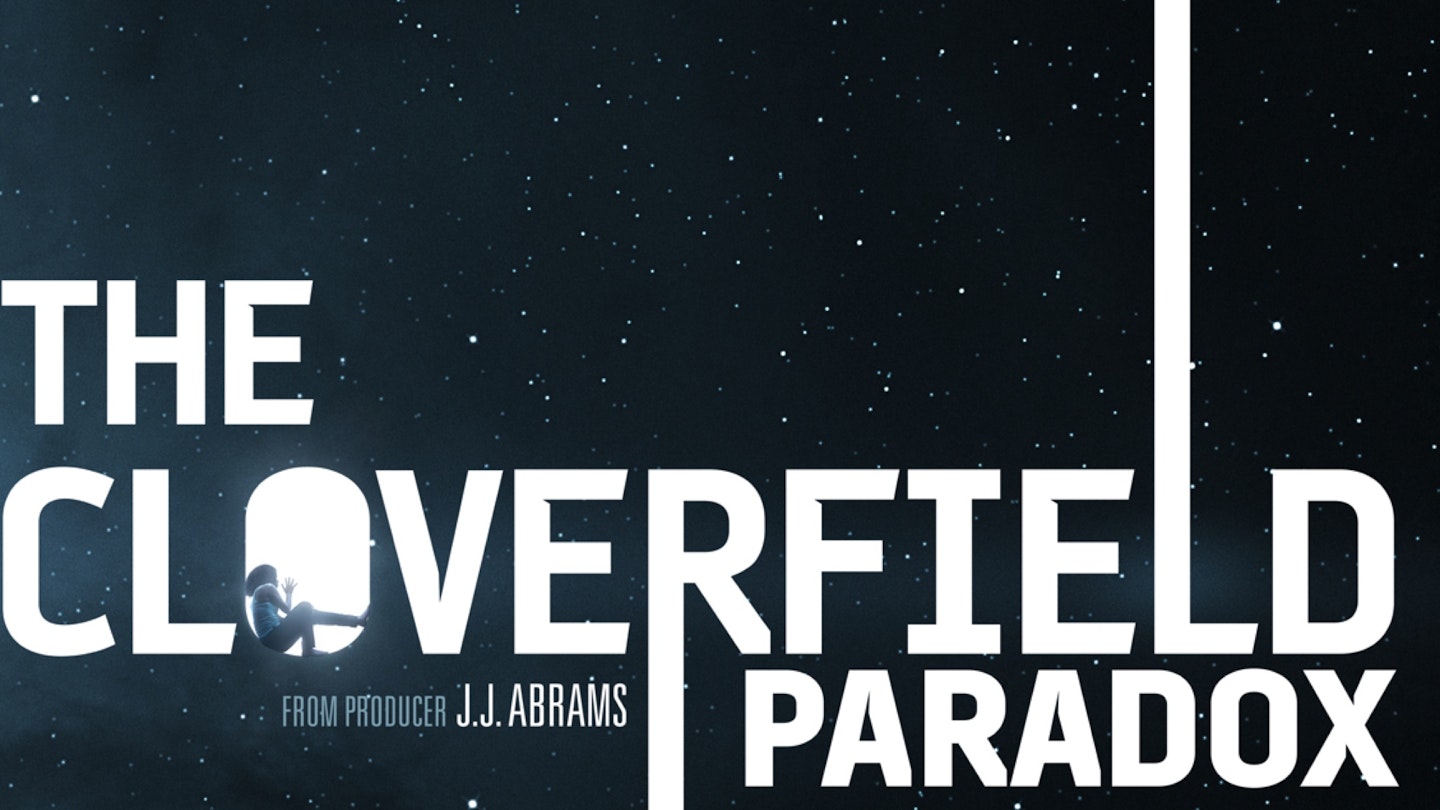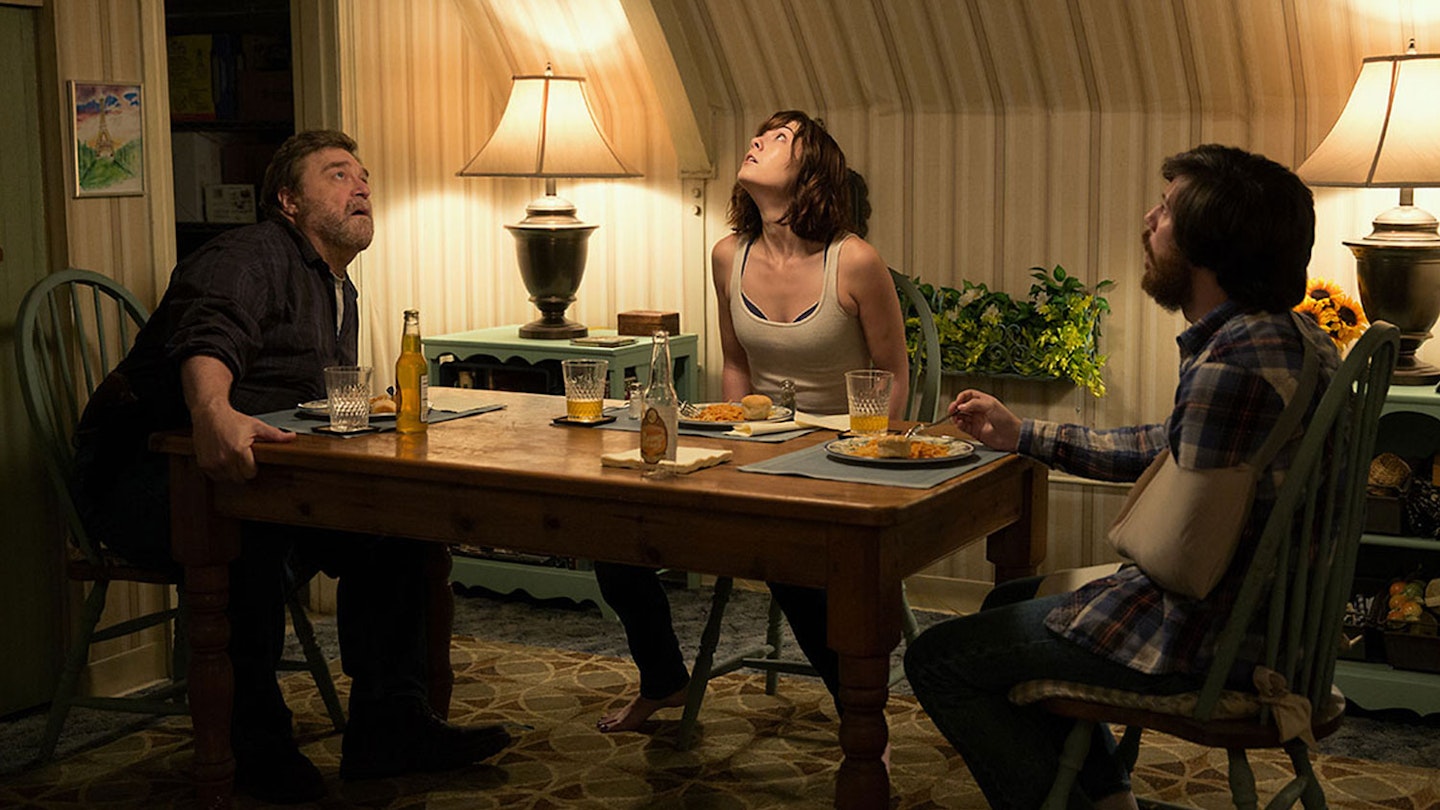It’s extremely rare in modern cinema to see a film that strikes you as genuinely new. Not just excellent – we’ve been spoiled in that department in the last six months – but properly like nothing that you’ve laid eyes on before. In the last fifteen years, Pulp Fiction, Scream, The Matrix and arguably Bourne and Jurassic Park have all done it, shaking out genres as old as celluloid and making them seem sparkly new, becoming future templates in the process. Cloverfield could come to be equally revered and imitated, such is its level of whip-smart invention and brilliant simplicity. It’s a film that treads the well-worn steps of many monster movies past, but flits through them as if on virgin territory.
Arriving in the wake of such a hulking marketing campaign should leave any resultant movie scuttling apologetically behind, embarrassed about making such a fuss and meakly failing to deliver. Since the first infuriatingly spare trailer hit cinemas, anyone with a phone line and keyboard has been trying to piece together this mystery from soft drink adverts, smudgy photos and red herrings. The big secret, as we all should have predicted, is that there is no big secret. Cloverfield showed its hand from the off, but it’s the way in which it plays that hand that causes it to win big.
The brainchild of producer JJ Abrams and director Matt Reeves couldn’t be simpler in story. A big monster attacks a city so a guy, and his friends, sets off to get his gal and get outta town, pre-squashing. We’ve seen it on screens since man first discovered the alchemy of rubber suit and model village, but never with quite the same immediacy and all-encompassing horror.
After a sly intro in which we learn this entire film was found on a site “formerly known as Central Park”, we meet our hero Rob (Michael Stahl-David), his secret love Beth (Odette Yustman) and, more importantly, his video camera, as they enjoy a day together. Then we head to a party to mark his departure for a new life in Japan. Here the camera is handed over to the cheerfully dorkish, occasionally irritating, Hud (T J Miller), our eyes for the next hour. The festivities are rudely interrupted when something explodes downtown and decapitates the Statue of Liberty. It’s a sequence that horrifies more than a simple monster arrival should, particularly since we haven’t seen him yet.
Is this attack so terrifying because it has obvious shades of 9/11 or because the handheld camerawork leaves us disoriented, glimpsing the enormous creature only when Hud’s view quivers that way? It’s both. We live in a time when global violence is recorded not by professionals, but by shaky-handed bystanders with camera phones. We believe bad camerawork and suspect professional broadcast of hiding something from us. Stripped of the comfort of rhythmic editing and frenzied strings that tell us it’s time to be scared and instead served the sort of frantic footage we associate with unfathomable terror brings a new, more primal fear to the monster movie. It starts, bizarrely, to feel like something that could happen.
Reeves, who’s been near anonymous in the pre-release hype, is masterful at choosing shots without appearing to do so. We view this unlovely goliath from all angles – a fleeting leg here, full-length in crafty helicopter shots on news footage there – but he’s even more effective as an unseen presence. There’s equal, if not more, dread in hearing furious roars as our band cowers in a side street, watching the military throwing everything they have uselessly at the beast. This is as much a triumph of sound design as of seamlessly blended CG and unsettling camerawork.
Wise to the fact that the most frightening attack is the one without apparent reason, Cloverfield never chooses to explain its monster’s arrival. It’s suddenly there and, as one soldier notes, “it’s winning”. It intends to scare, not educate. The constant air of panic is so pervasive that it’s easy to miss the skilful creation of the sequences, which include a rescue from a collapsing skyscraper and a tunnel sequence so butt-clenching you’ll crap diamonds for a week.
There will undoubtedly be those who don’t enjoy it, and some will have probably decided on that before seeing a frame. Anti-populist party poopers could very well pick apart the fact that the characters are archetypes and that there’s no hidden depth beneath the fright (although you could pub rant for hours about political subtext). But unmissable cinema does not have to be about mellifluous dialogue, intricate framing or enriching the mind or soul. It can just as legitimately come from a sensory experience like no other, that you can feel nowhere else but in that dark room in front of that silver screen. And you have never experienced anything like Cloverfield.
